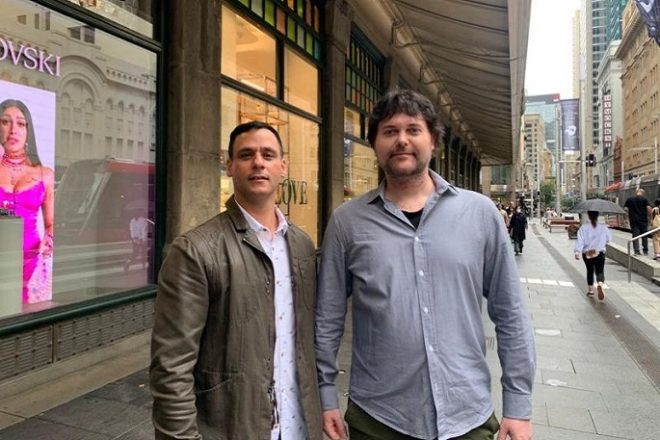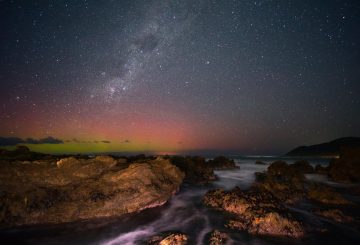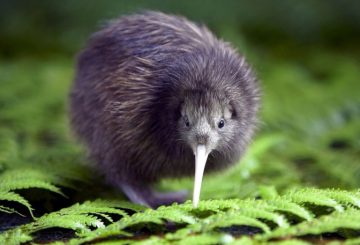The Australian-made mystery-drama, Anno 2020, will have its world premiere at a red-carpet event in Sydney on April 7. The film is the brainchild of Tauranga-born author-director James Morcan, who not only wrote the script but also adapted it from his own novel.
Morcan, who is also an actor, plays an anti-Semite in a memorable scene opposite Jewish actor Gil Ben-Moshe, who is also the film’s lead producer. The director describes Anno 2020 as a huge, all-consuming project that he has been working on since the Covid-19 lockdowns began in early 2020.
The film’s storyline is Morcan’s attempt to make sense of the altered reality and collective human experience of 2020. He has devoted the last three years to the project, from writing the novel and screenplay to directing and overseeing post-production.
Morcan says the film was challenging to direct, but rewarding due to the quality of the production. He describes the film as a global kaleidoscope of interconnected characters seeking redemption, forgiveness, and answers amidst the chaos of 2020.
The film was shot during strict lockdowns in 17 cities across four continents, presenting unique challenges. The actors were isolated and separated, but remote filming technology allowed Morcan to direct cast members and crews in various global locations.
Anno 2020 features an award-winning ensemble of international actors, including Australians Greg Poppleton and Erin Connor, US veteran Kevin Scott Allen, and Chinese American Crystal J. Huang. The actors were pushed to their limits with a rare performance style that is emotionally raw, semi-improvisational, and mostly shot via close-ups using Zoom technology.
Morcan believes the film will feel extremely genuine to audiences, thanks to the filmmaking techniques used. He says the film’s Zoom-style chats and high-quality panoramic shots give the film a sense of ultra-realism.
Anno 2020’s lead producer, Gil Ben-Moshe, believes the movie will launch Morcan’s career as a director. He praises Morcan’s understanding of story, ability to direct an ensemble, and his admirable work ethic.
Morcan has a two-decade-long career in cinema, television, and theatre, and has also co-authored some 35 published fiction and non-fiction books. Anno 2020 will premiere at Randwick’s The Ritz Cinema, in Sydney, with further screenings planned in Melbourne and Brisbane. The long-term goal is online distribution on major streaming platforms.





























































